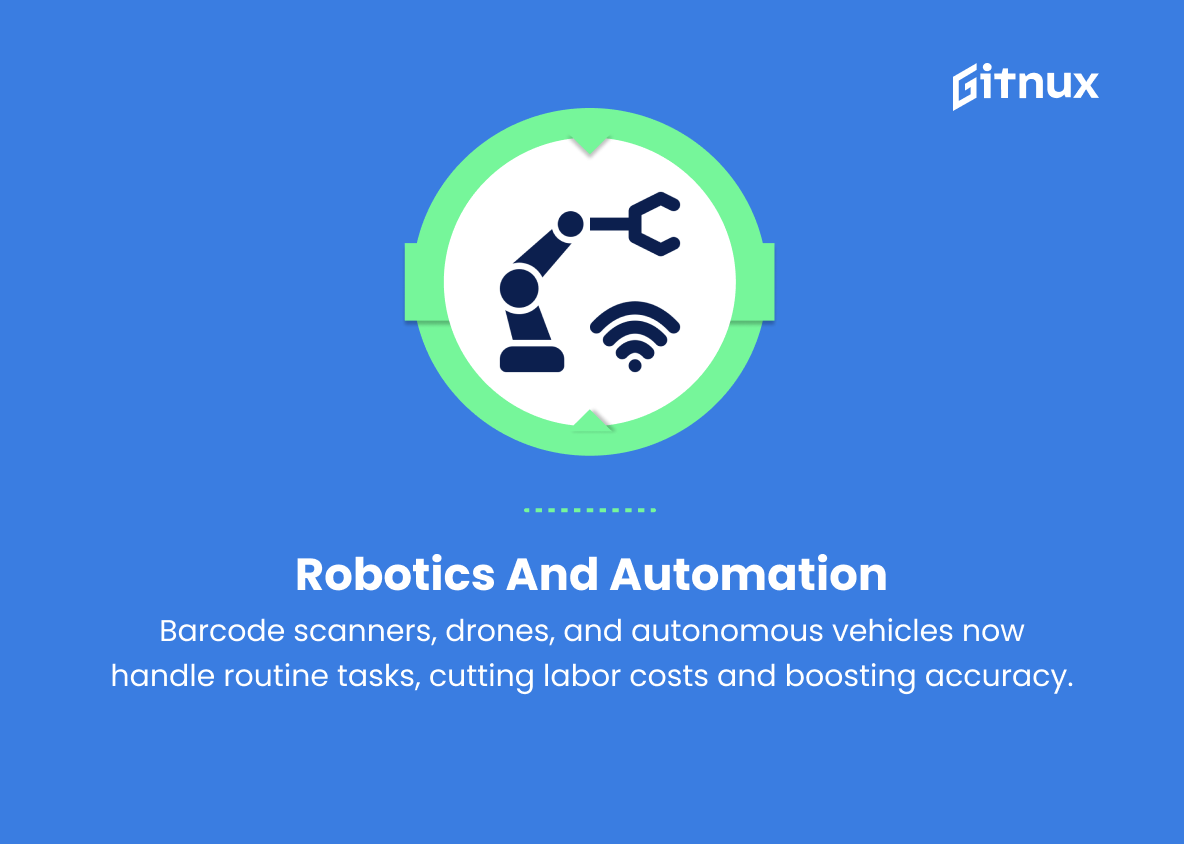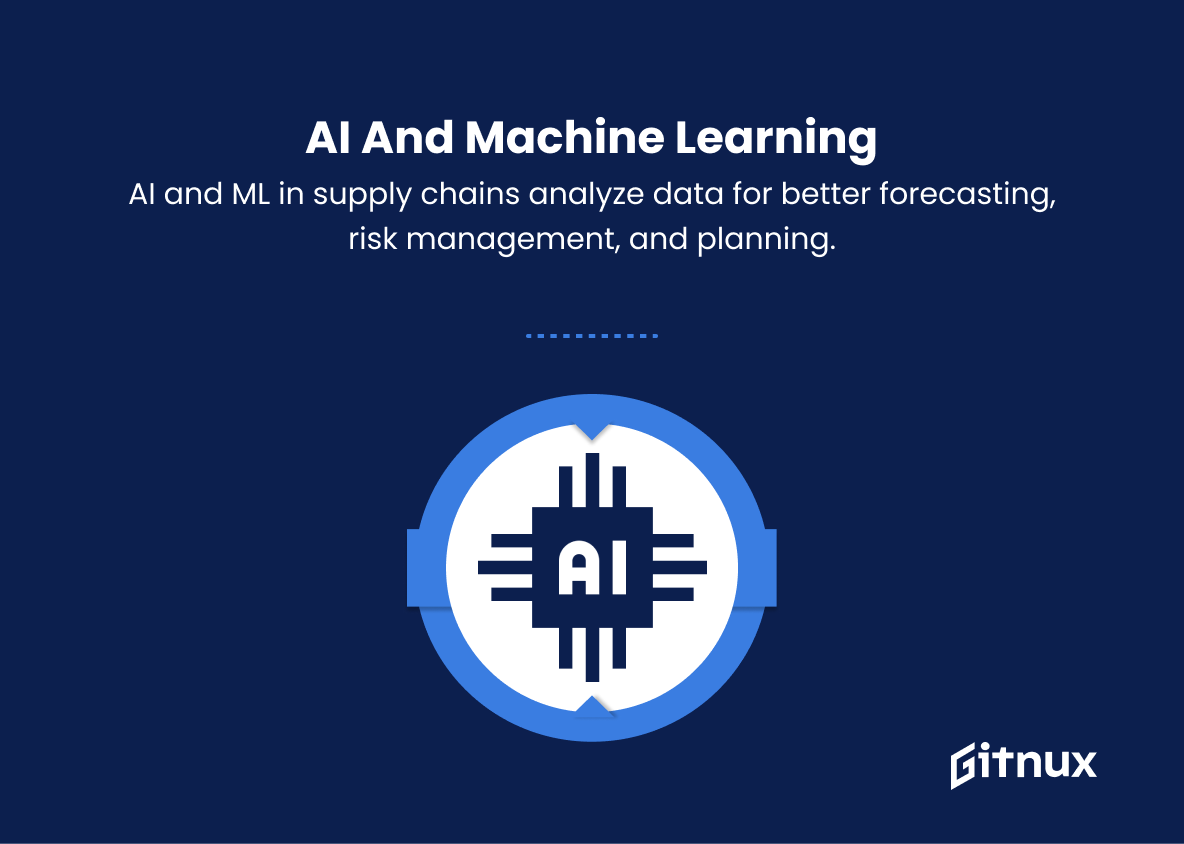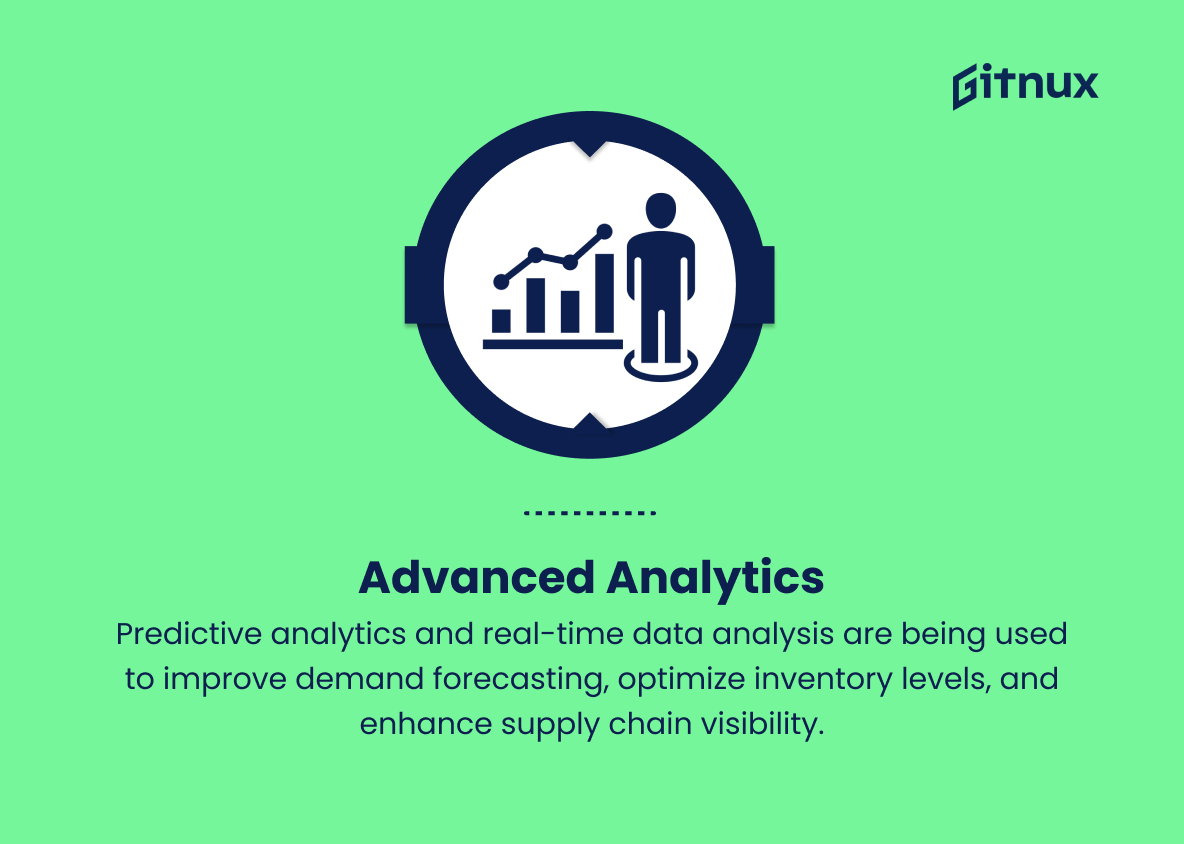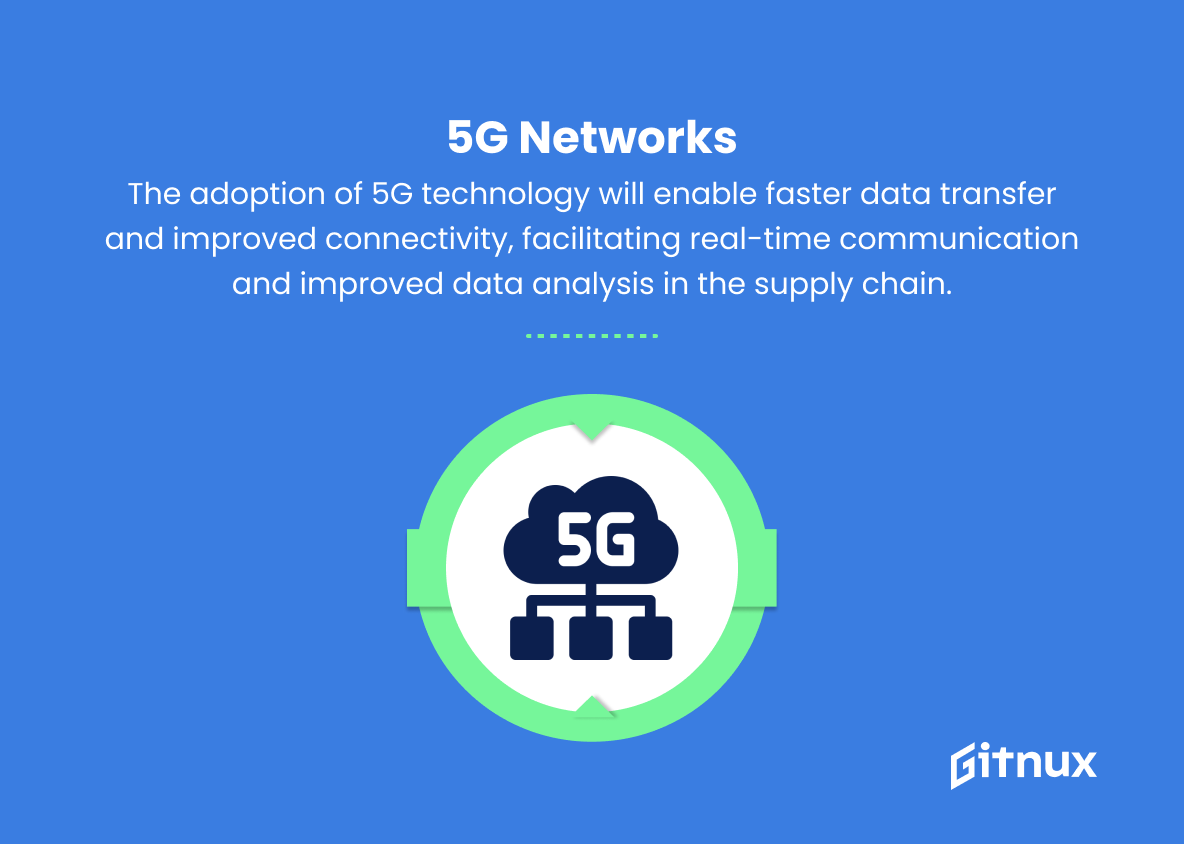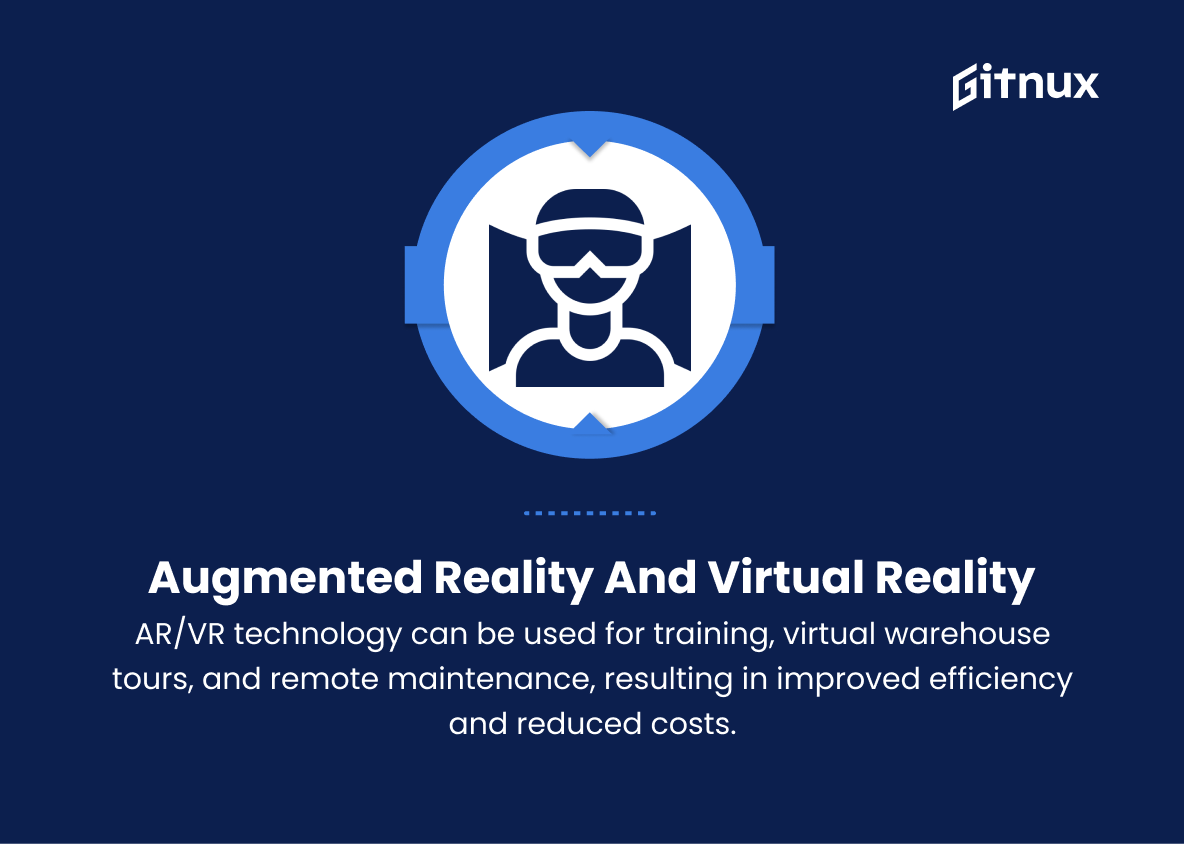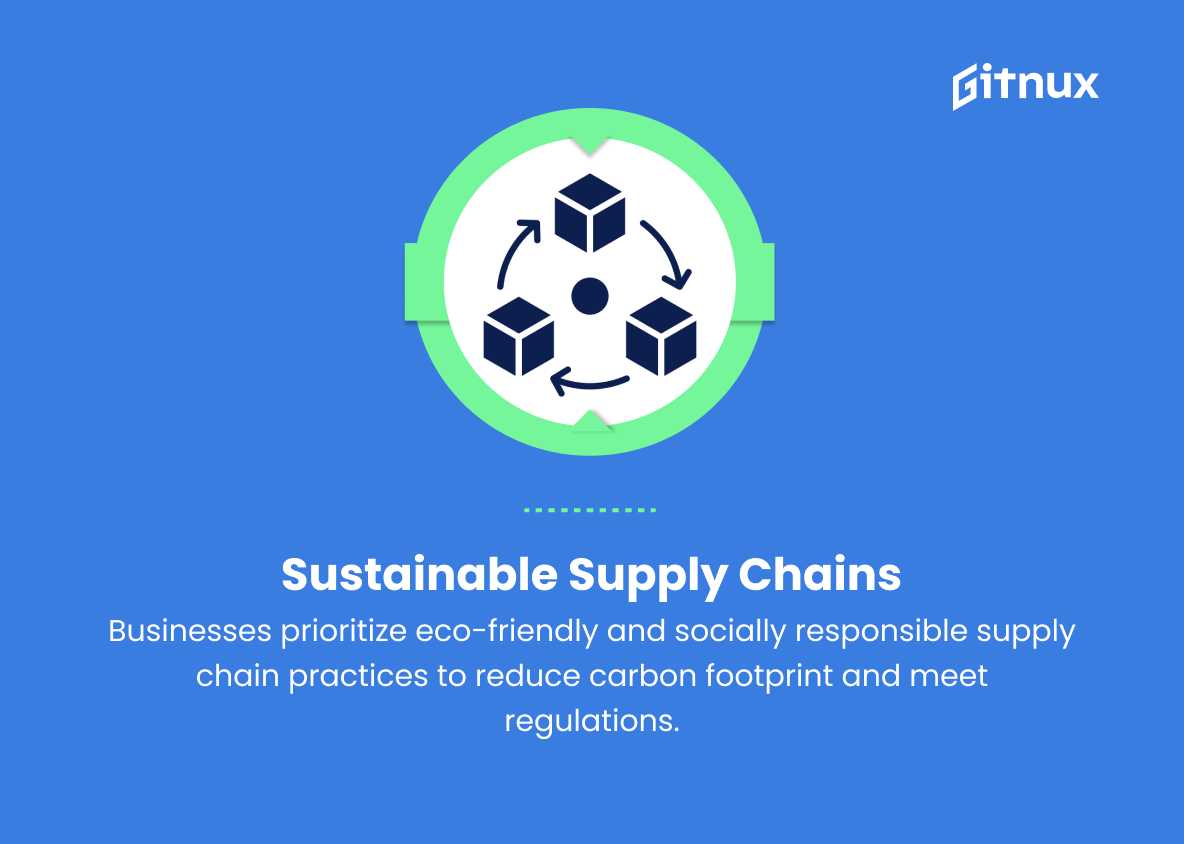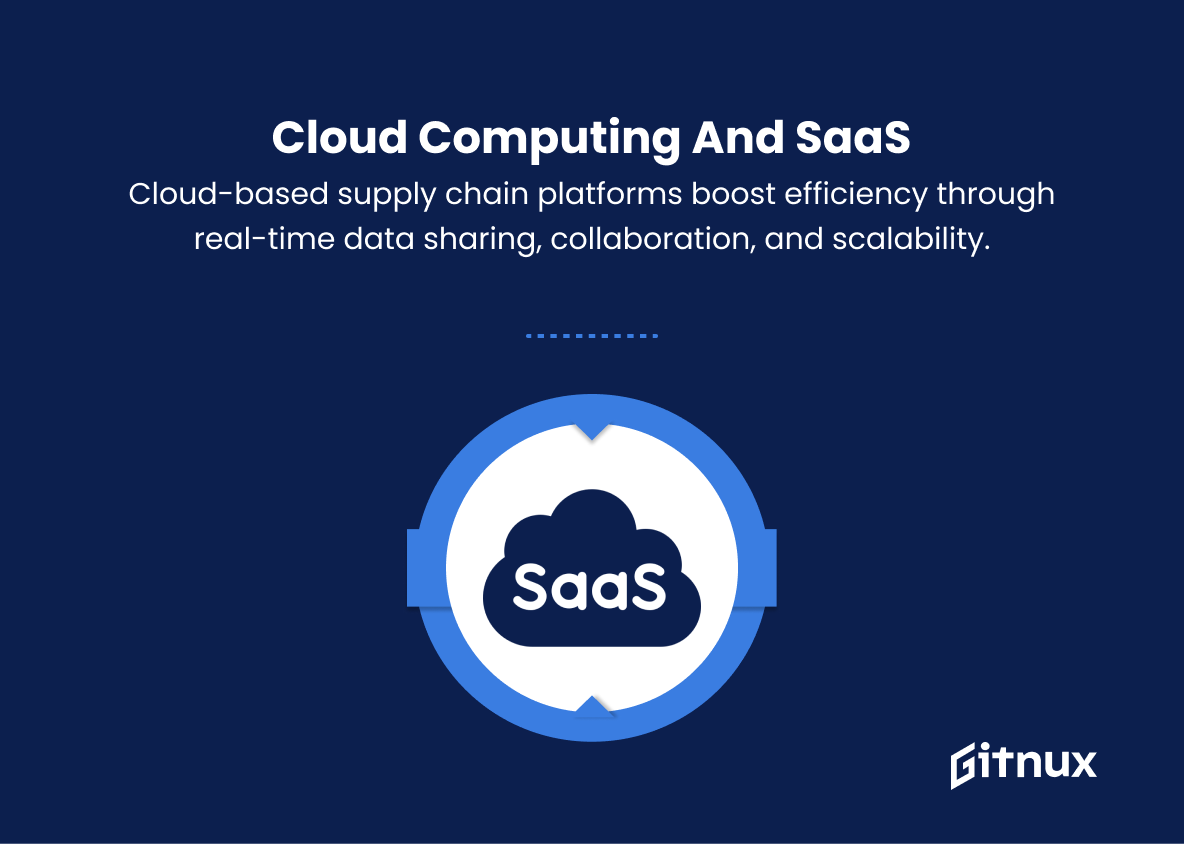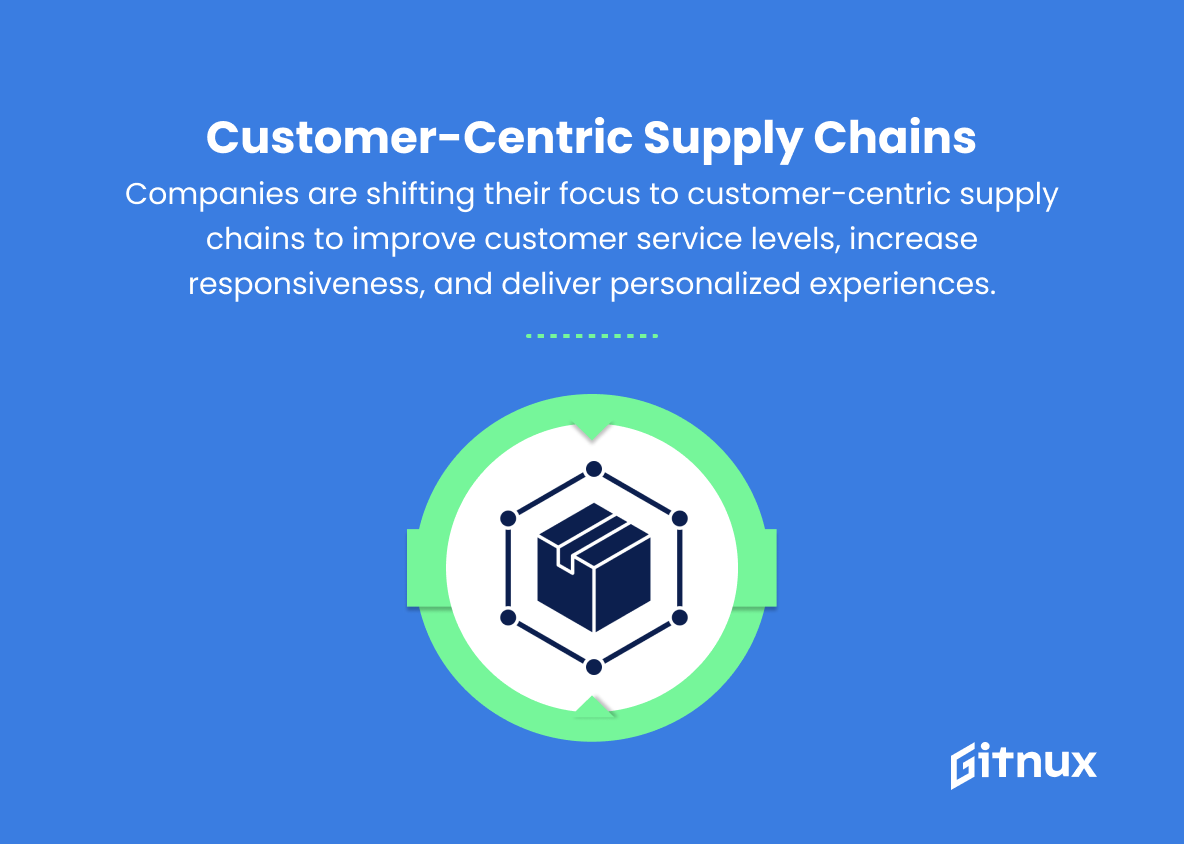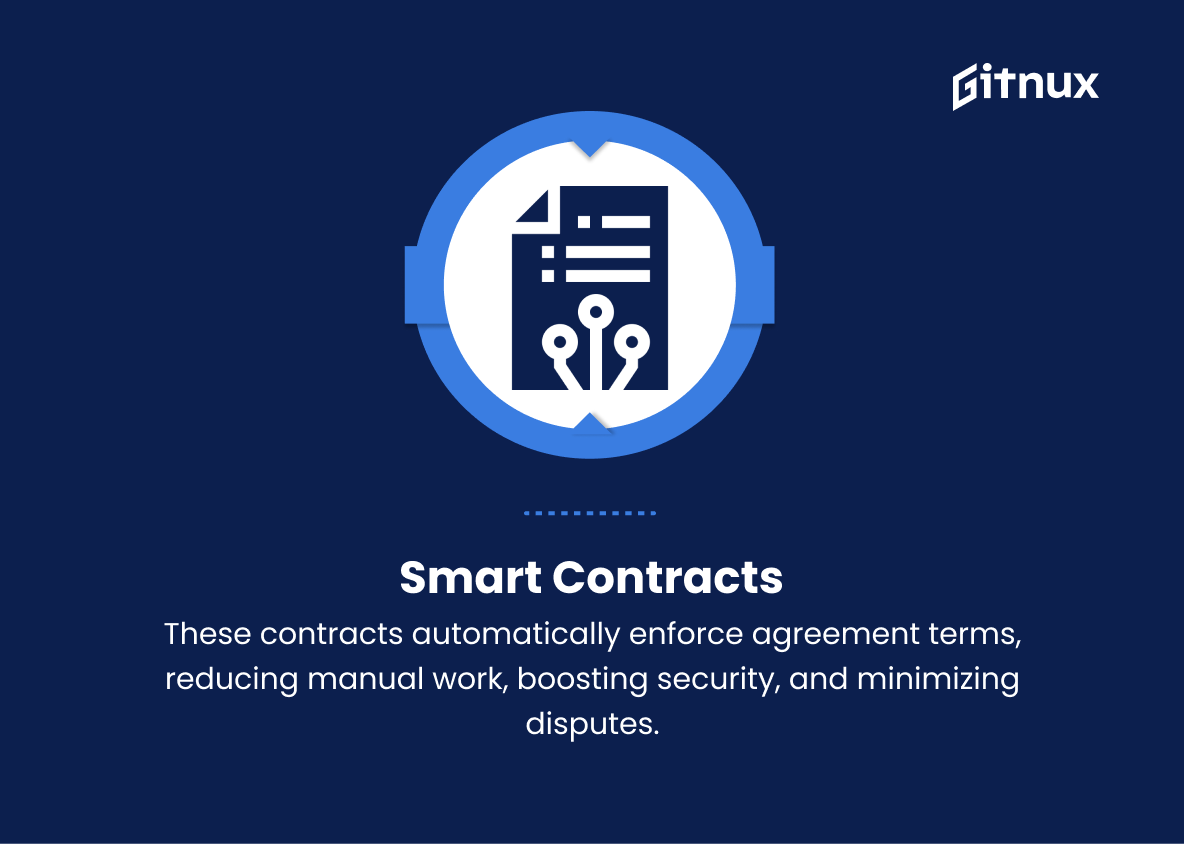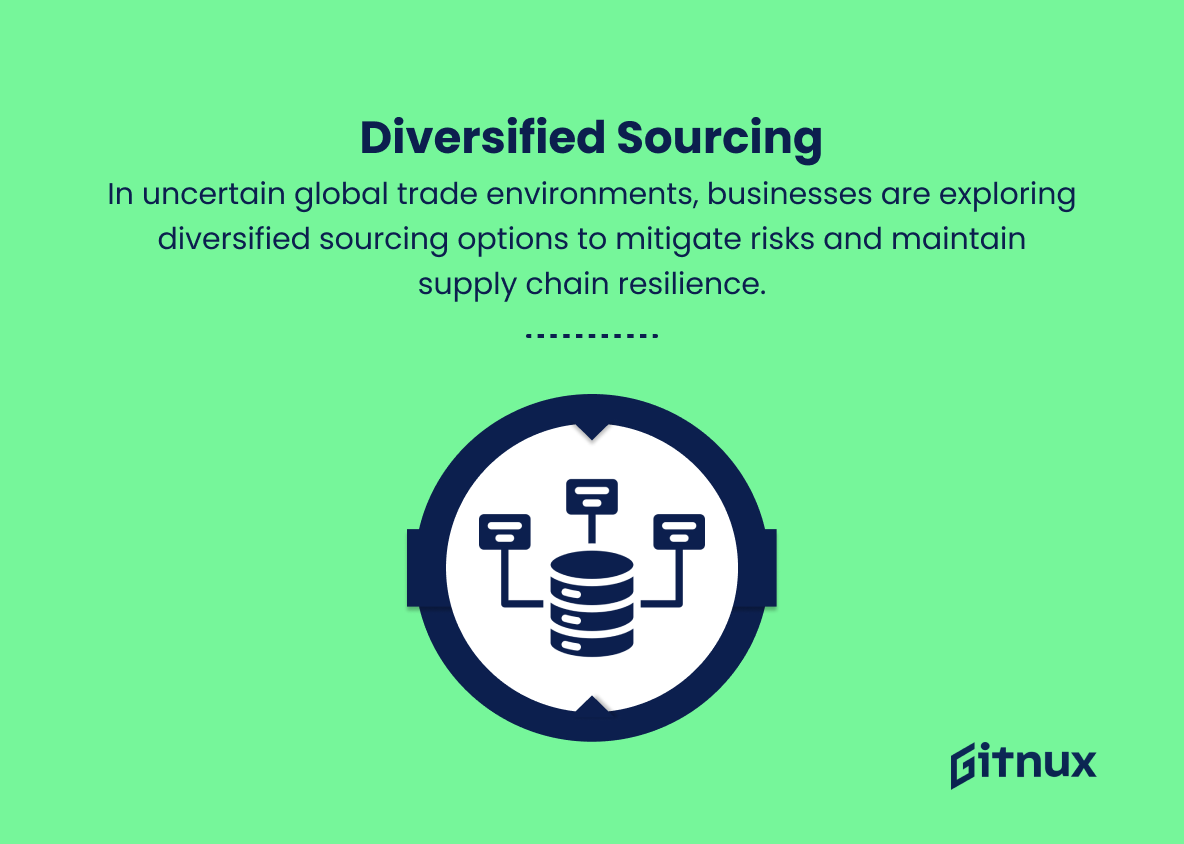In today’s fast-paced global market, supply chain efficiency and effectiveness are paramount to the success of any business. As we continue to navigate the constantly evolving landscape of globalization, sustainability, and consumer demands, it’s undeniable that technology plays a critical role in shaping the future of the supply chain industry. This blog post delves into the latest supply chain technology trends that are revolutionizing the way businesses manage their supply networks, streamline operations, and maintain competitiveness. From artificial intelligence and blockchain to automation and the Internet of Things (IoT), prepare to gain a deeper understanding of the innovations that are transforming the supply chain landscape and driving success in the 21st century.
Top Supply Chain Technology Trends
1. Internet of Things (IoT)
The use of IoT devices to monitor and manage inventory, track shipments, and optimize warehouse operations, resulting in improved efficiency and reduced costs.
2. Blockchain
This decentralized digital ledger technology has the potential to enhance transparency, security, and trust in supply chain transactions, as well as reducing costs through automation and better data management.
3. Robotics and Automation
Barcode scanners, drones, and autonomous vehicles are increasingly being used for routine tasks such as packaging, transportation, and inventory management, leading to reduced labor costs and improved accuracy.
4. Artificial Intelligence (AI) and Machine Learning (ML)
Implementation of AI and ML technologies enables supply chain systems to analyze vast amounts of data, providing insights to improve demand forecasting, risk management, and overall supply chain planning.
5. Advanced Analytics
Predictive analytics and real-time data analysis are being used to improve demand forecasting, optimize inventory levels, and enhance supply chain visibility.
6. 5G Networks
The adoption of 5G technology will enable faster data transfer and improved connectivity, facilitating real-time communication and improved data analysis in the supply chain.
7. Augmented Reality (AR) and Virtual Reality (VR)
AR/VR technology can be used for training, virtual warehouse tours, and remote maintenance, resulting in improved efficiency and reduced costs.
8. 3D Printing
Additive manufacturing is gradually transforming supply chain operations as it allows for on-demand production of parts and products, reducing the need for stockpiling and lowering transportation costs.
9. Sustainable Supply Chains
Incorporating environmentally friendly and socially responsible practices in supply chain operations is becoming a priority for businesses as they look to minimize their carbon footprint and adhere to regulatory requirements.
10. Cloud Computing and SaaS
The adoption of cloud-based platforms for supply chain management enables real-time data sharing, improved collaboration, and enhanced scalability, increasing overall operational efficiency.
11. Omnichannel Supply Chains
Retail and eCommerce businesses are increasingly unifying their operations and adopting omnichannel strategies, where customers can engage with businesses seamlessly across multiple channels and platforms.
12. Customer-Centric Supply Chains
Companies are shifting their focus to customer-centric supply chains to improve customer service levels, increase responsiveness, and deliver personalized experiences.
13. Smart Contracts
These self-executable contracts can automatically enforce the terms and conditions of the agreement, resulting in reduced manual intervention, increased security, and minimized risk of disputes.
14. Diversified Sourcing
In uncertain global trade environments, businesses are exploring diversified sourcing options to mitigate risks and maintain supply chain resilience.
15. Digital Twins
This technology involves creating a digital replicate of a physical supply chain asset or process, enabling analysis, simulation, and optimization using the virtual model.
Implications
The integration of Supply Chain Technology Trends such as Internet of Things (IoT), Blockchain, Robotics and Automation, AI and Machine Learning, Advanced Analytics, 5G Networks, Augmented Reality, Virtual Reality, 3D printing, Sustainable Supply Chains, Cloud Computing, SaaS, Omnichannel Supply Chains, Customer-Centric Supply Chains, Smart Contracts, Diversified Sourcing, and Digital Twins promises to revolutionize the landscape of supply chain operations.
These innovations aim to facilitate improved efficiency, transparency, security, sustainability, responsiveness, and customer satisfaction, paving the way for a more integrated and optimized future for supply chain management. Moreover, the convergence of these technologies is greatly enhancing real-time communication, data sharing, collaboration, and decision-making, thereby driving the automation and digitalization of various operational processes while fostering resilience, adaptability, and competitiveness in an increasingly dynamic and challenging global trade environment.
As such, the widespread adoption of these cutting-edge trends heralds a new era wherein supply chain stakeholders can harness a wide array of transformative capabilities to proactively mitigate risks, drive value creation, capitalize on growth opportunities, and ultimately secure a strategic edge in the marketplace.
Conclusion
In conclusion, keeping pace with the rapid advancements in supply chain technology is critical for businesses to maintain a competitive edge in today’s global market. The implementation of AI-driven analytics, IoT devices, blockchain technology, and automation is no longer a luxury, but rather a necessity for companies seeking long-term success.
By understanding, embracing, and investing in these innovations, organizations can significantly bolster their supply chain management processes, reduce costs, increase efficiency, and ultimately, deliver greater customer satisfaction. As we enter an era of ever-evolving technological growth, supply chain leaders must be forward-thinking, adaptable, and agile in order to successfully navigate the challenges that lie ahead.


